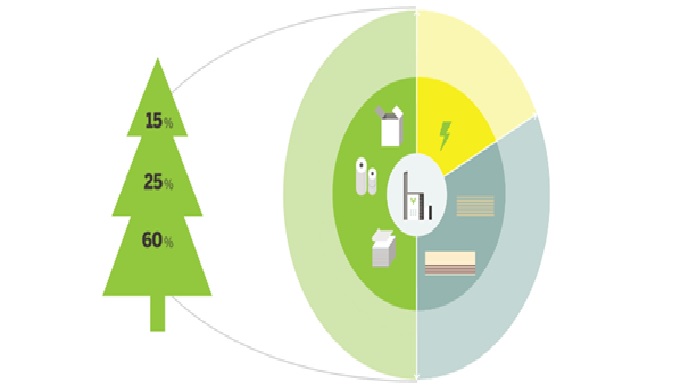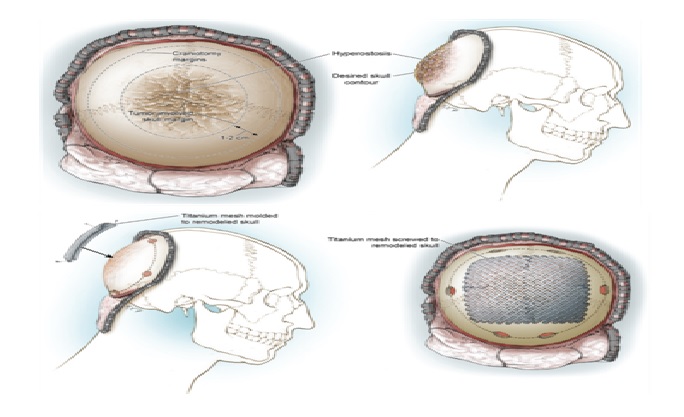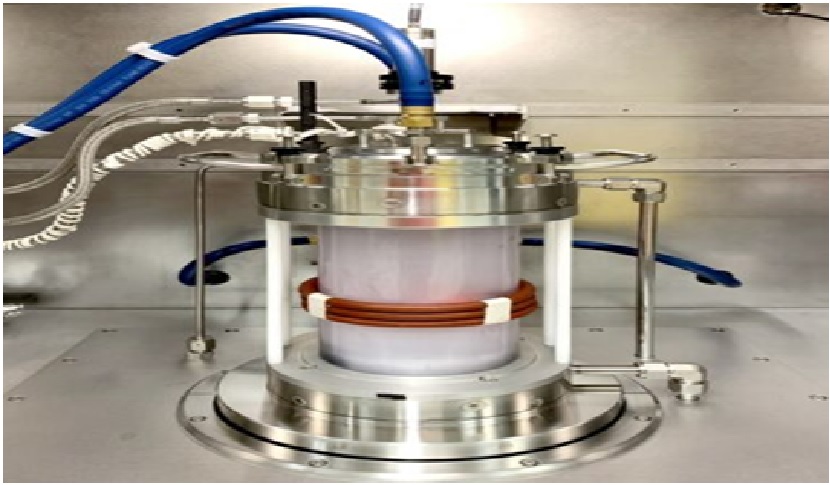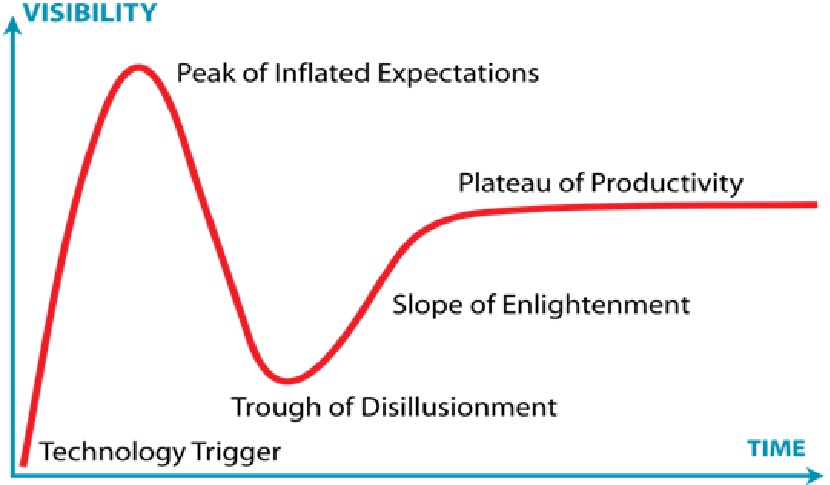CRISPR-Cas9 Gene-Editing Tool May Use in Human Cells
Researchers from Rice University have shown that the increasingly popular CRISPR-Cas9 gene-editing tool may be used in human cells in a variety of new potent ways. Deactivated Cas9 (dCas9) proteins were utilized by a team led by Rice bioengineer Isaac Hilton and graduate student Kaiyuan Wang.

Figure 1. Deactivated Cas9 (dCas9) proteins in human cells.
Figure 1 shows thatCas9 (dCas9) proteins were utilized by a team to target important regions of the human genome and artificially start the transcription of human genes. The Rice team was able to reveal important details about human promoters and enhancers the pieces of our DNA that coordinate when, and to what extent, our genes are turned on which in turn controls the behaviors of our cells. [1]
“We’re using these synthetic biology tools to improve the ability to engineer gene expression and program human cells, and consequently to better understand how our genes work naturally,” Hilton said.
“Only around 2 per cent of our genome contains protein-coding genes, and the remaining 98 per cent is so-called noncoding DNA,” Hilton said. “Enhancers and promoters are key parts of our noncoding genomes and, although the vast majority of these elements do not make conventional genes, there is fascinating genetic variation in noncoding DNA. This variation gives us the magnificent diversity that enables our species to be both amazing and adaptable.
By synthetically activating noncoding DNA, the researchers demonstrated how promoters’ short DNA sequences that mark the start sites of genes and enhancers can communicate. “Enhancers can also sometimes make mysterious transcripts called enhancer RNAs (eRNAs),” Hilton said. [2]
Their strategy revealed that enhancers and promoters can have "intrinsic reciprocity." While they knew that signals can be transmitted from an enhancer to a promoter, they learned that this transmission can go the other way as well.
"We see regulation taking place from a promoter to an upstream enhancer," Wang said. "Mechanistically, that's considered noncanonical and thus rather surprising."
They also found that CRISPR activators can increase the frequency of physical contacts between enhancers and promoters, but only when targeted to an enhancer, suggesting a sort of one-way street for increasing physical contacts.
"We now know that these pieces of DNA can send messages in both directions, but that there appears to be a significant aspect of directionality for physical contact," Hilton said.The researchers said their study is only possible because of CRISPR-Cas9 advances. [3]
References:
- https://www.devdiscourse.com/article/science-environment/2120650-synthetic-tools-can-move-dna-messages-from-one-place-to-another-research
- https://www.zee5.com/articles/synthetic-tools-can-move-dna-messages-from-one-place-to-another-research
- https://thefactnews.in/synthetic-tools-can-move-dna-messages-from-one-place-to-another-research/
Cite this article:
Sri Vasagi K (2022), CRISPR-Cas9 Gene-Editing Tool May Use in Human Cells, AnaTechMaz, pp.176















